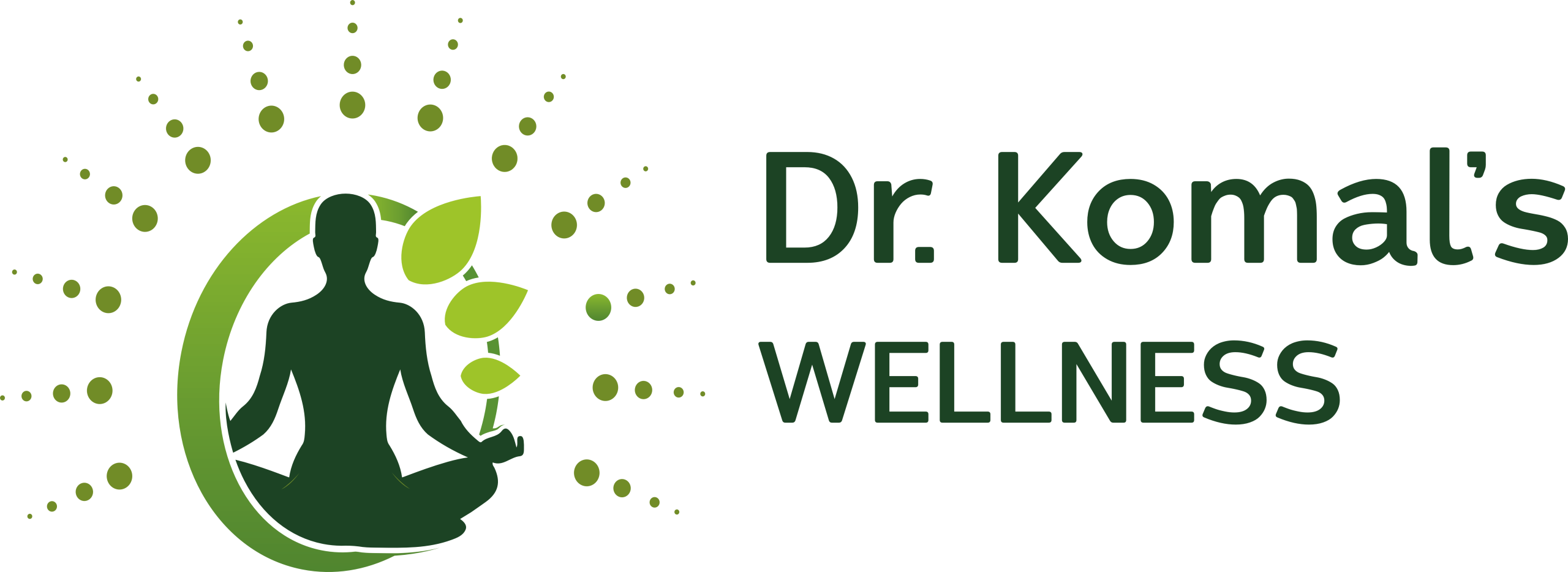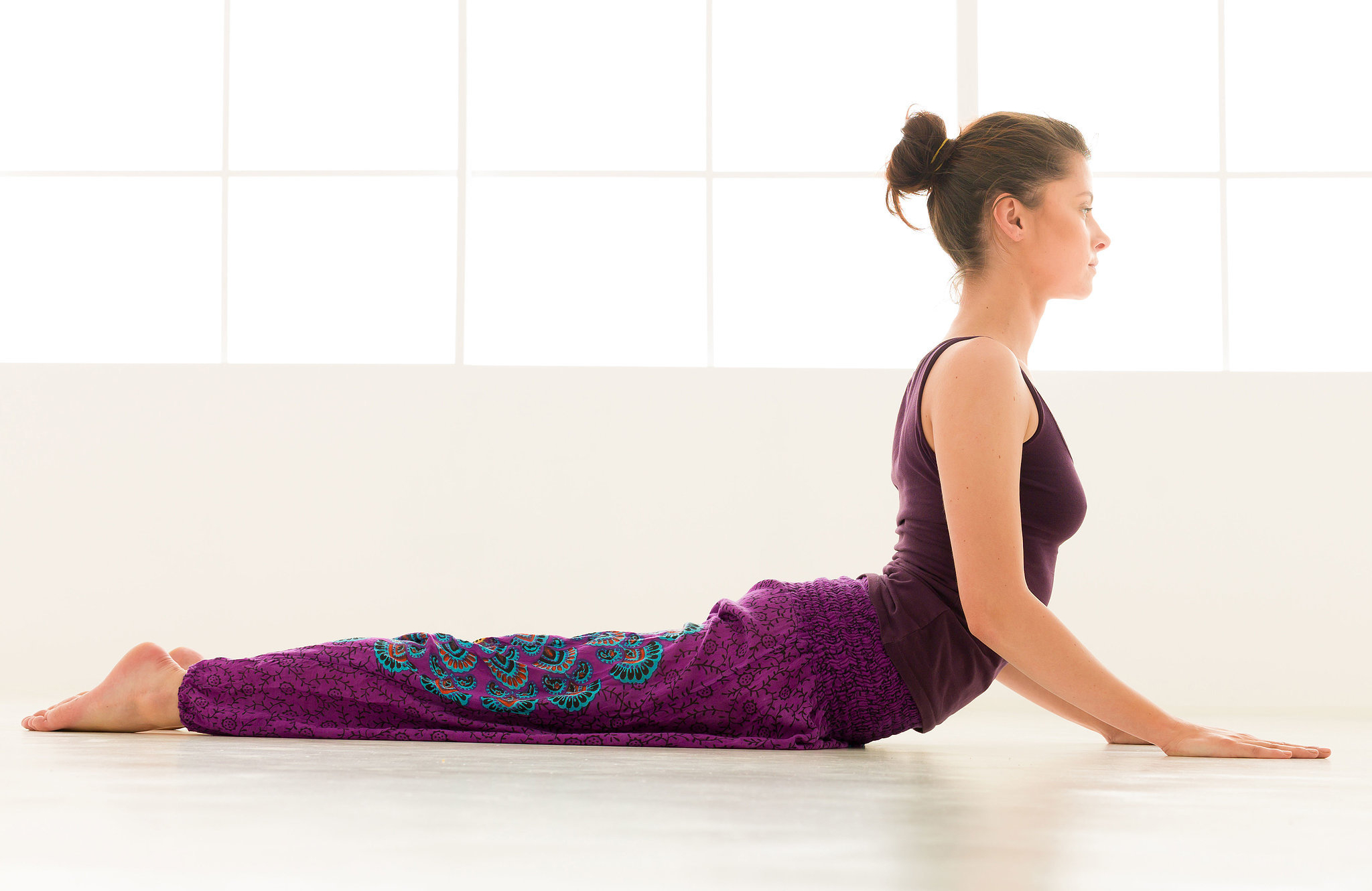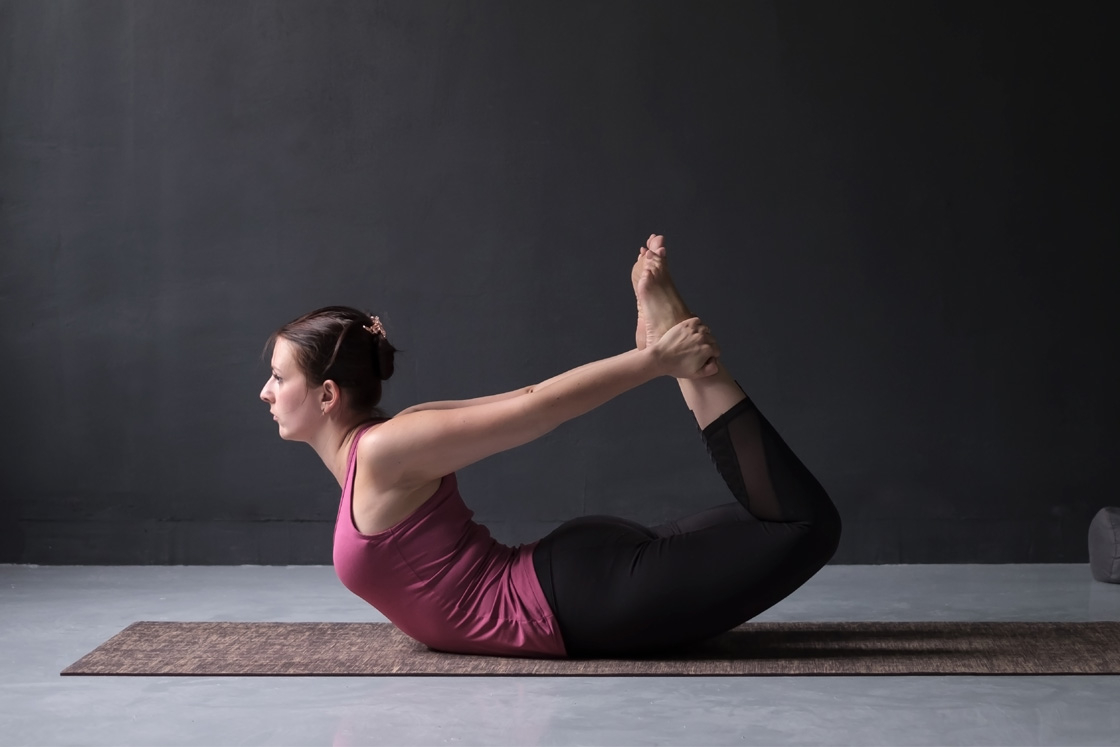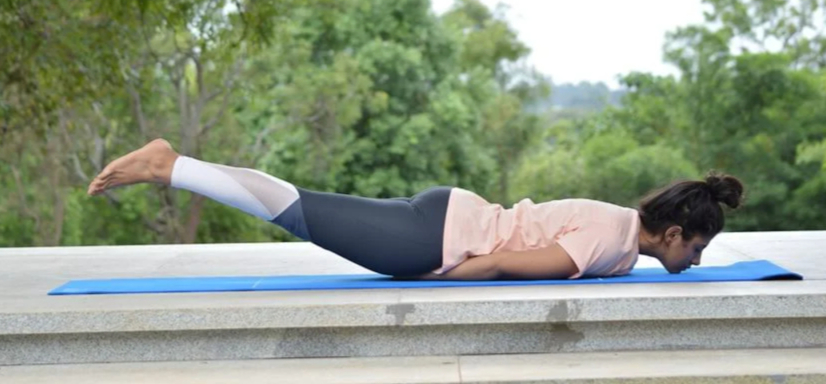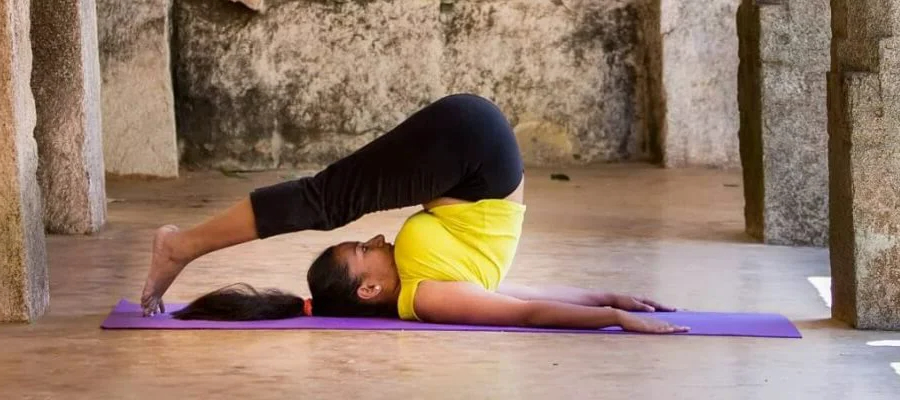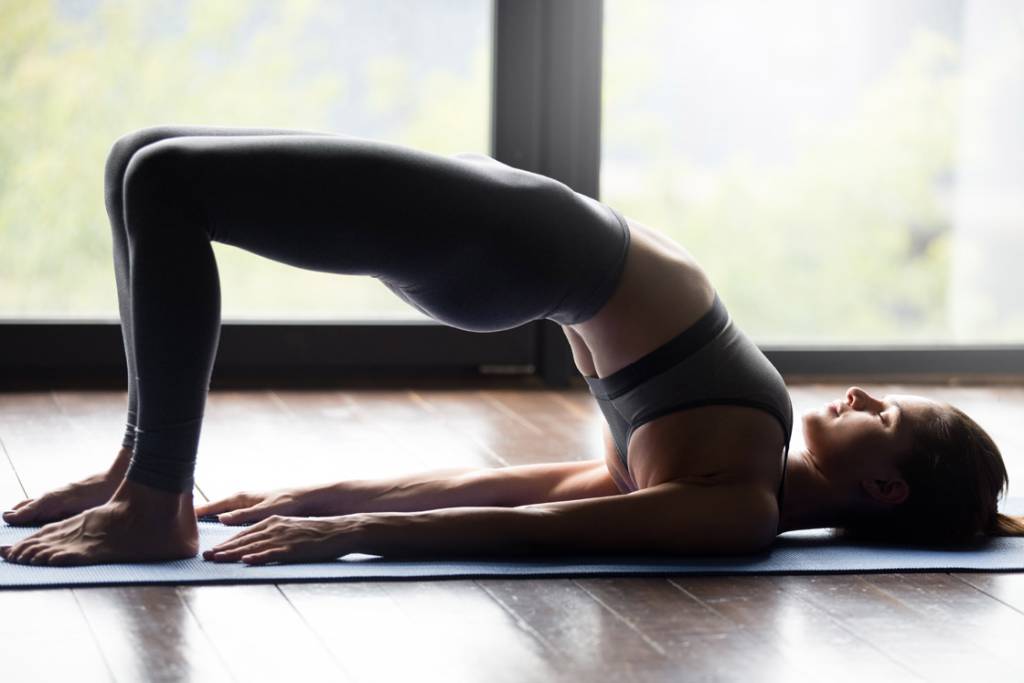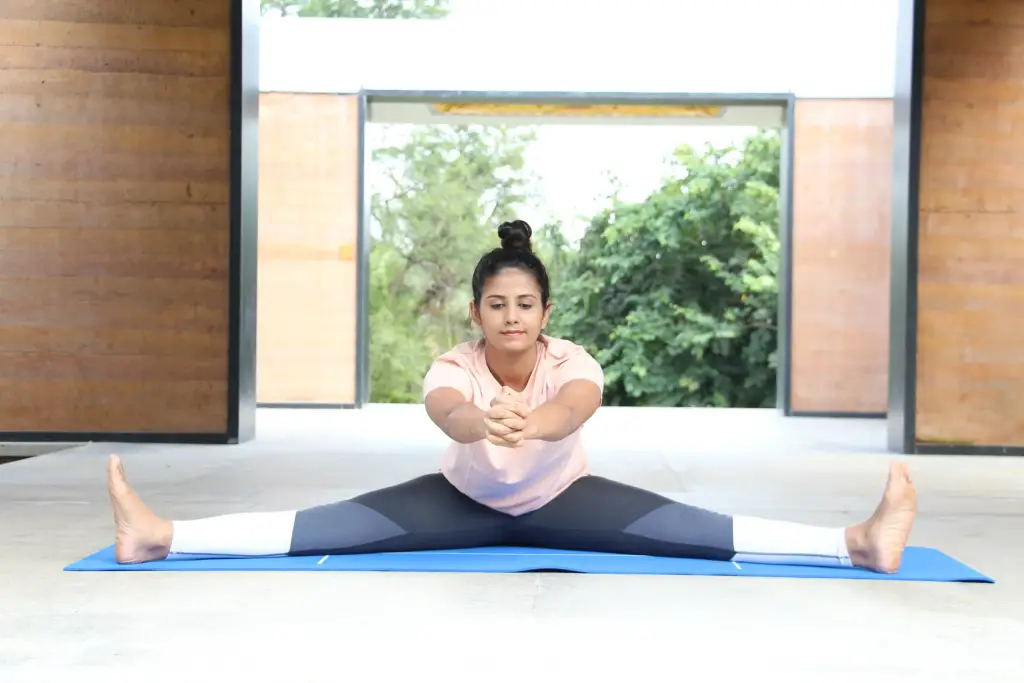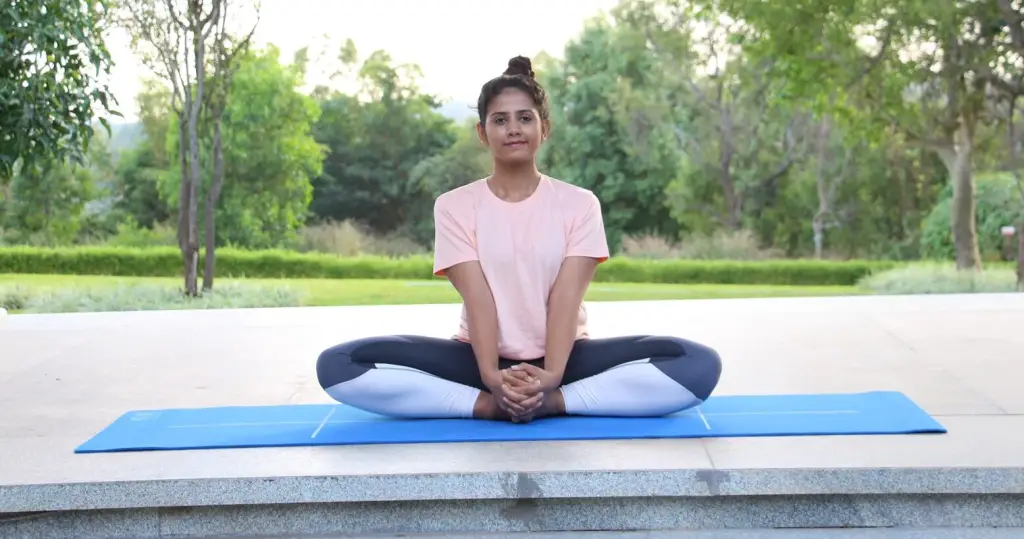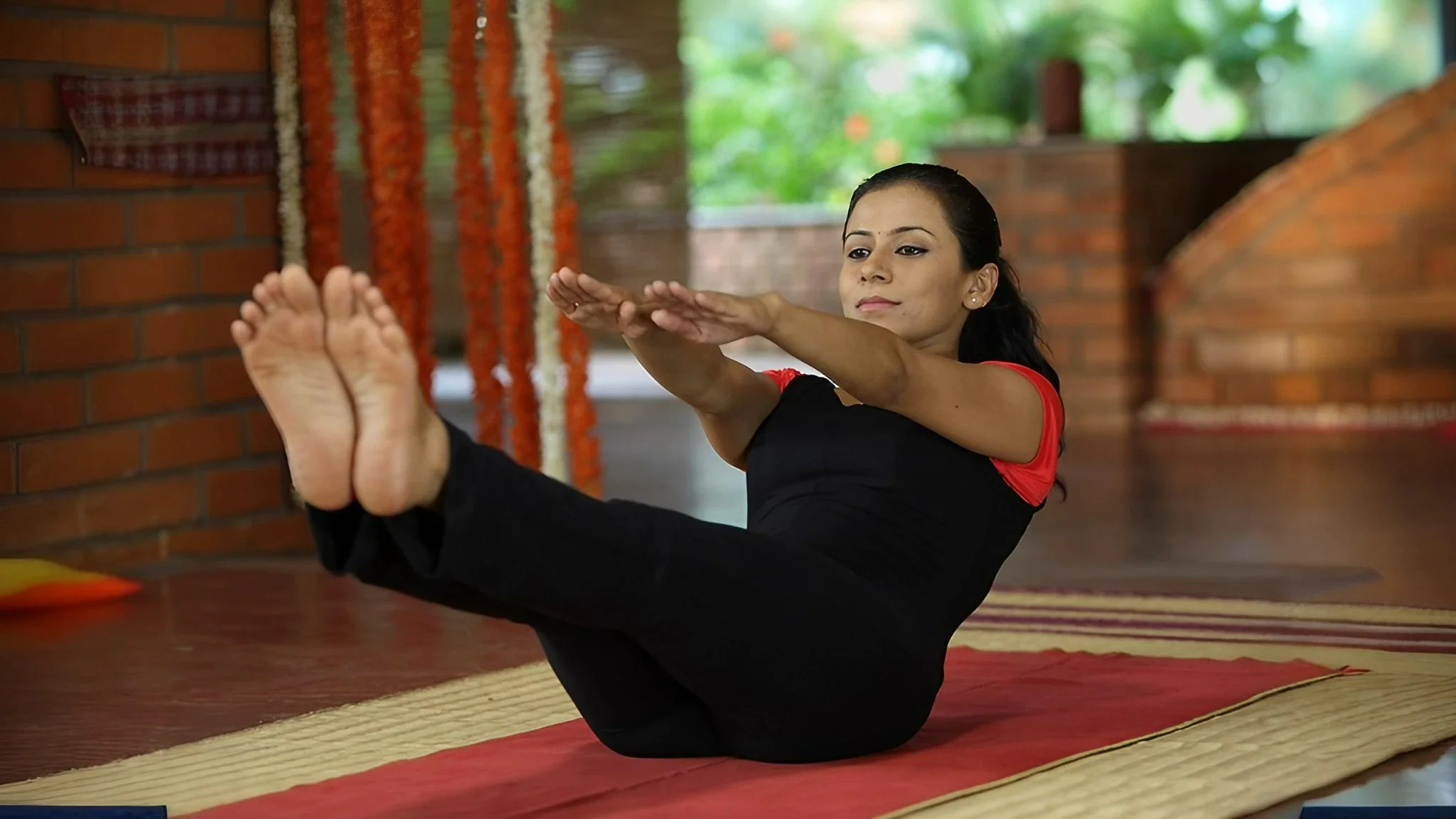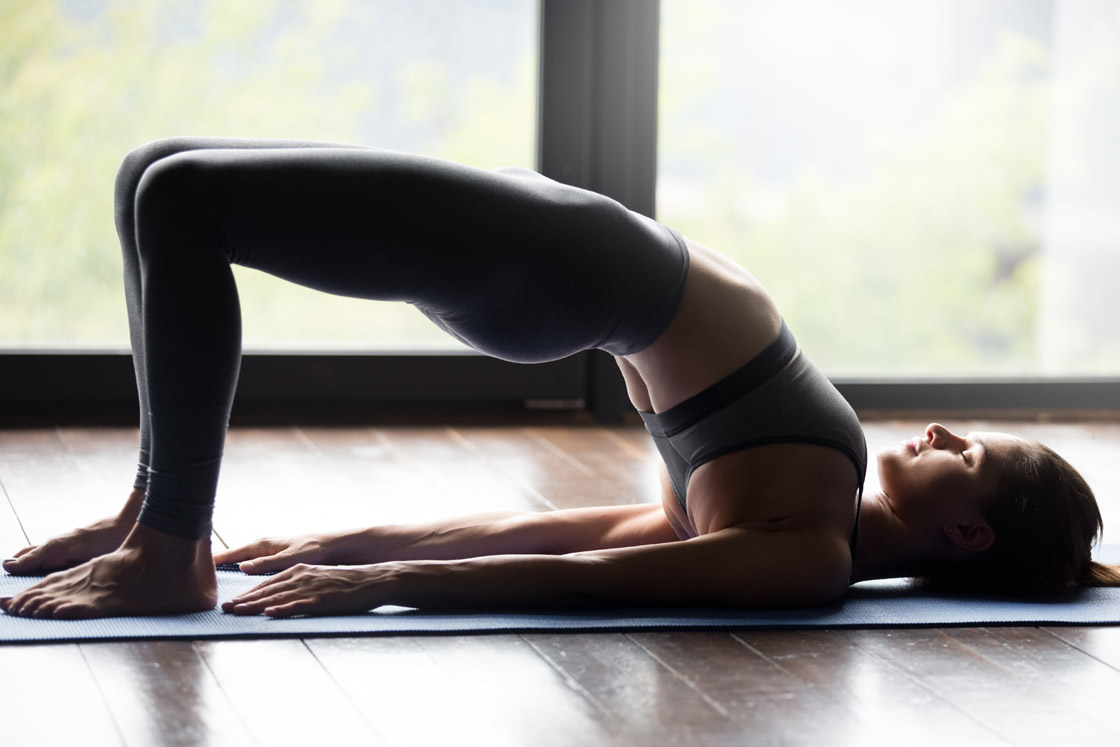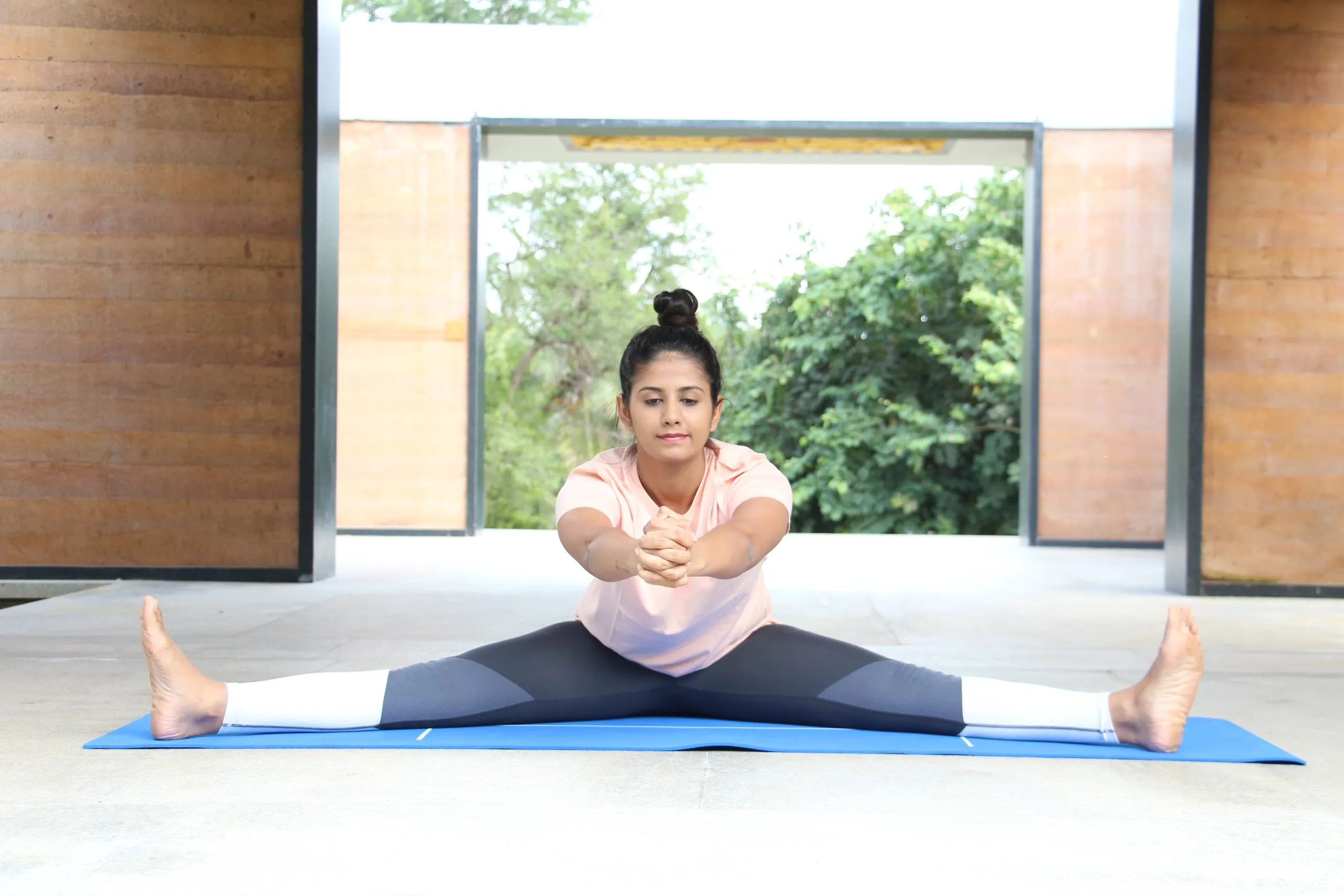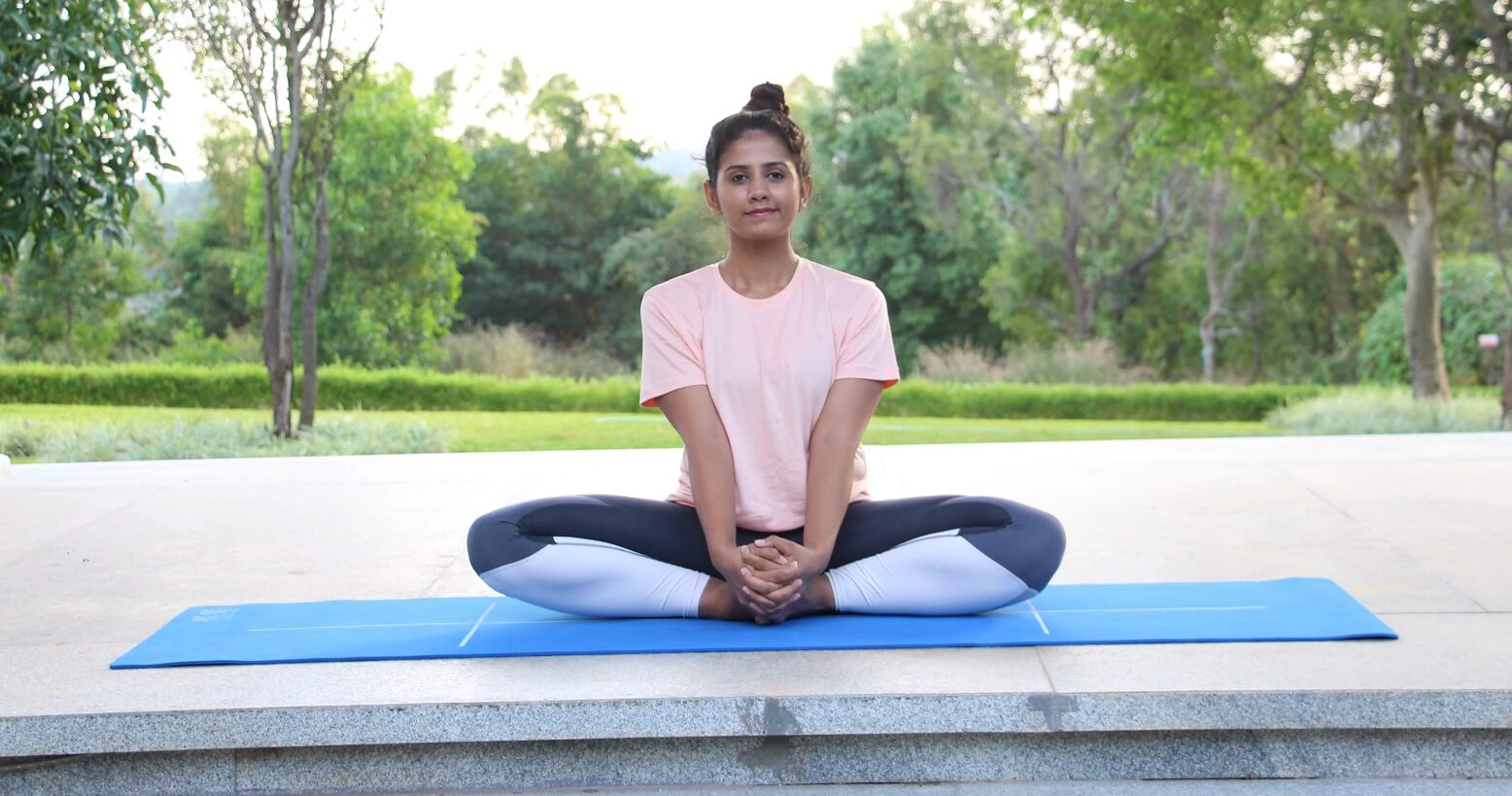Therapeutic Yoga: It involves a combination of surya namaskar(sun salutation), breathing techniques (pranayama), physical postures (asanas), meditation, and ethical principles. The goal of yoga is to achieve physical and mental well-being and to attain a state of inner peace and spiritual insight. This ancient practice of holistic well-being offers numerous types of yoga asanas and can be included in your daily practice. A regular yoga practice can promote endurance, strength, calmness, flexibility, and well-being. Therapeutic Yoga has many health benefits such as:
- Improved breathing
- Reduced stress
- Better heart health
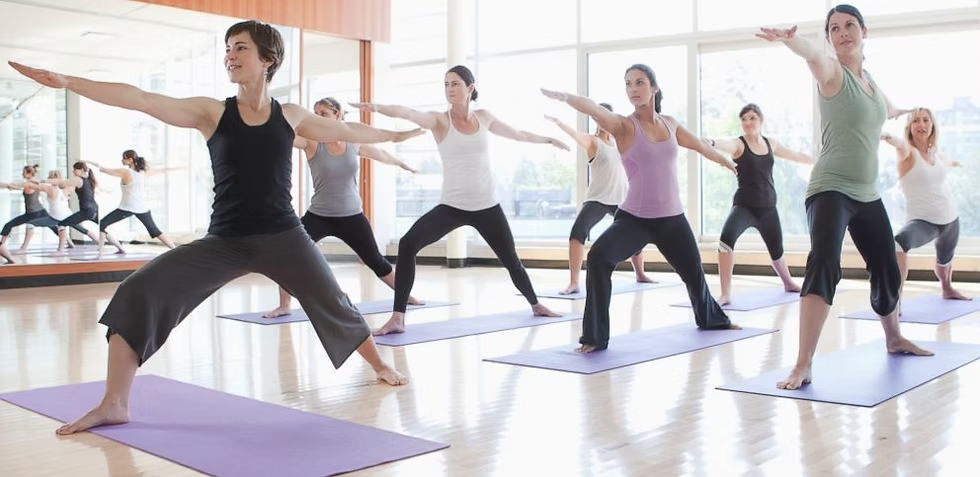
Pregnancy Yoga: Yoga is one of the most beneficial activities to enhance both your and your baby’s health during pregnancy. Research shows it can help reduce stress and anxiety, as well as help prepare your body for birth and potentially even reduce the duration of labor. Benefits of Pregnancy Yoga:
- Yoga during pregnancy helps keep the body supple. They relieve tension around the cervix by opening up the pelvic region. This prepares to-be-mothers for labor and delivery.
- Yoga and pranayama’s can train you to breathe deeply and relax consciously, helping you face the demands of labor and childbirth.
- Pregnancy Yoga helps alleviate the effect of common symptoms such as morning sickness, painful leg cramps, swollen ankles, and constipation.
- Yoga asanas also help pregnant women recover faster post-delivery.
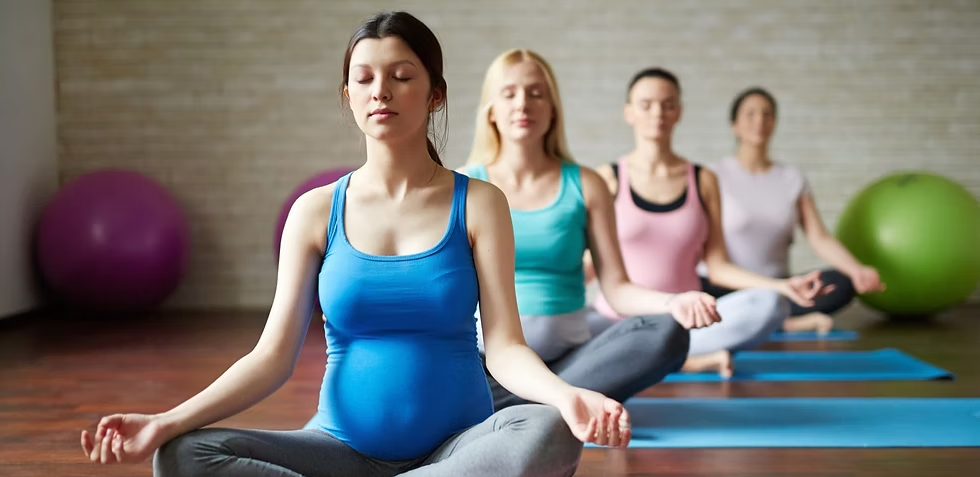
Pranayama
- Reduces stress
- Reduces anxiety and calms the mind
- Reduces fatigue and boosts energy
- Lowers high blood pressure
- Strengthens the respiratory system
- Improves mental focus and concentration
- Boosts immune system
Types of Pranayama
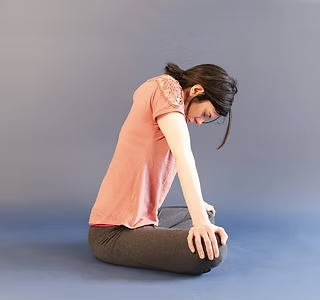
Kapalbhati Pranayama (Skull Shining Breath)
Bhastrika Pranayama
When we do any physical exercise our body demands more oxygen, which signals the heart to pump faster, thus raising the heartbeat. But did you know that when you do bhastrika pranayama, you pump even more quantity of oxygen even without the body not asking for it. Bhastrika Pranayama is the process of rapid inhalation and exhalation which gives a boost to the body and hence is aptly called the “yogic breath of fire”. So, the next time you feel like your body needs energy, try Bhastrika Pranayama instead.
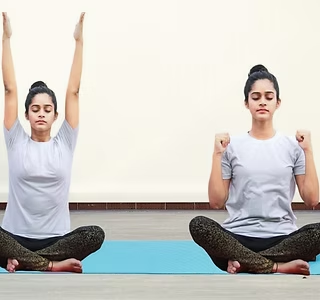
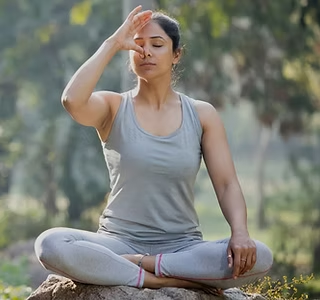
Anulom-Vilom Pranayama
Anulom Vilom is a specific type of pranayama, or controlled breathing, in yoga. It involves holding one nostril closed while inhaling, then holding the other nostril closed while exhaling. The process is then reversed and repeated. It’s a form of alternate nostril breathing. Alternate nostril breathing is said to have many physical and psychological benefits, including:
- Improved breathing
- Improved cardiovascular function
- Stress reduction
Surya Bhedana Pranayama (Sun-Piercing Breath)
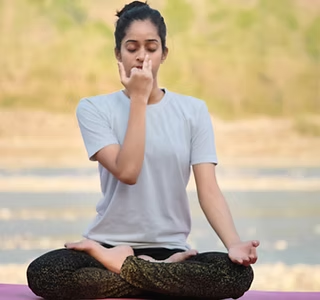
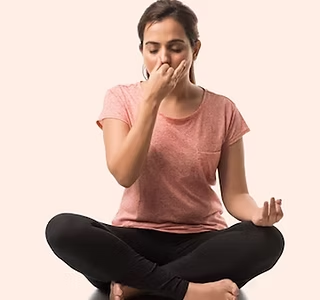
Chandra Bhedana Pranayama (Moon-Piercing Breath)
Chandra Bhedana Pranayama, also known as left nostril breathing, is a yogic breathing exercise that involves inhaling through the left nostril and exhaling through the right nostril while keeping the right nostril closed. This pranayama is associated with lunar or cooling energy in the body. It has a calming effect on the nervous system, reduces stress and promotes mental relaxation. It is often recommended to practice chandra bhedana during the evening or before bed to help prepare the body and mind for restful sleep.
